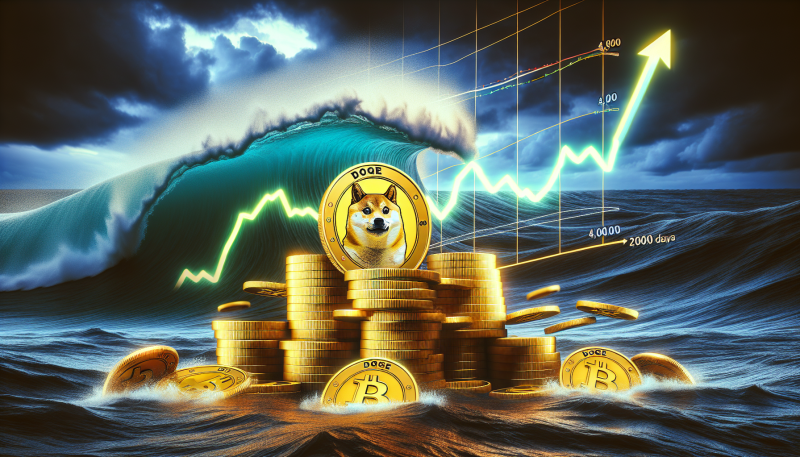What happened?
Big holders sold more than 40 million DOGE in a single 24‑hour stretch, triggering sharp downward pressure. At the same time, on‑chain data shows whales had been quietly accumulating since August 12, growing from about 10.7 billion to over 11 billion tokens. Price action bounced near the 200‑day EMA with trading volume up ~60% and a small 2% uptick as DOGE retested the $0.22 area.
Who does this affect?
This move hits whale wallets and early holders who were taking profits, and it shakes out some smaller retail traders who panic‑sold into the dip. It also matters to altcoin traders and speculators watching technical support levels and new presales like Maxi Doge that are sucking up short‑term liquidity. Exchanges and market makers feel it too, because the spike in volume increases order flow and short‑term funding risks.
Why does this matter?
Volatility from whale selling can act as a shakeout that clears weak hands and sets the stage for a stronger rally if key support like the 200‑day EMA holds. If the bounce continues, targets like $0.28 (and far‑out calls at $1) become more plausible, which could draw fresh capital into Dogecoin and the broader altcoin market. Meanwhile, hot presales and leveraged meme projects can amplify price moves and rotation, making this a potentially catalytic moment for altcoin season.
